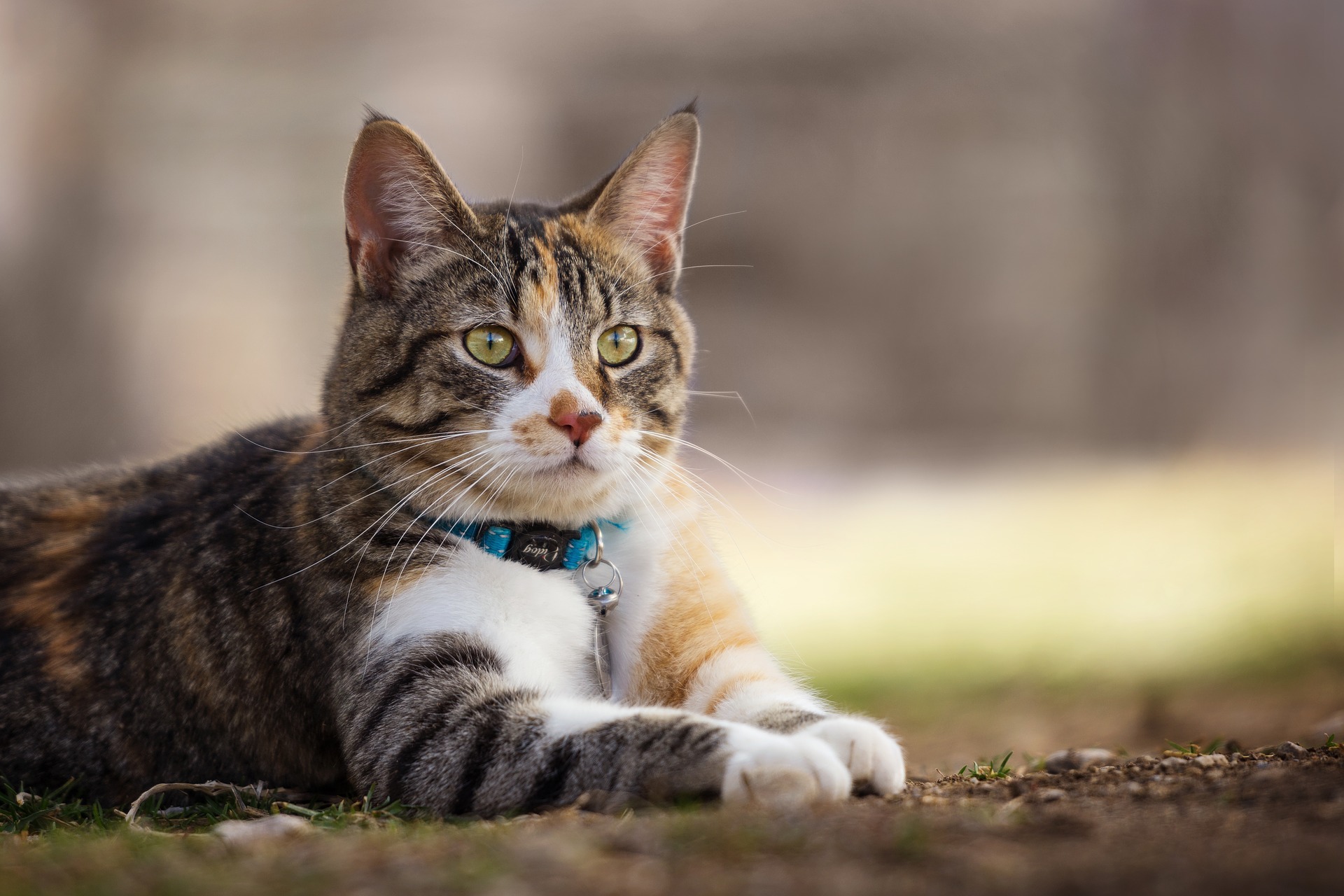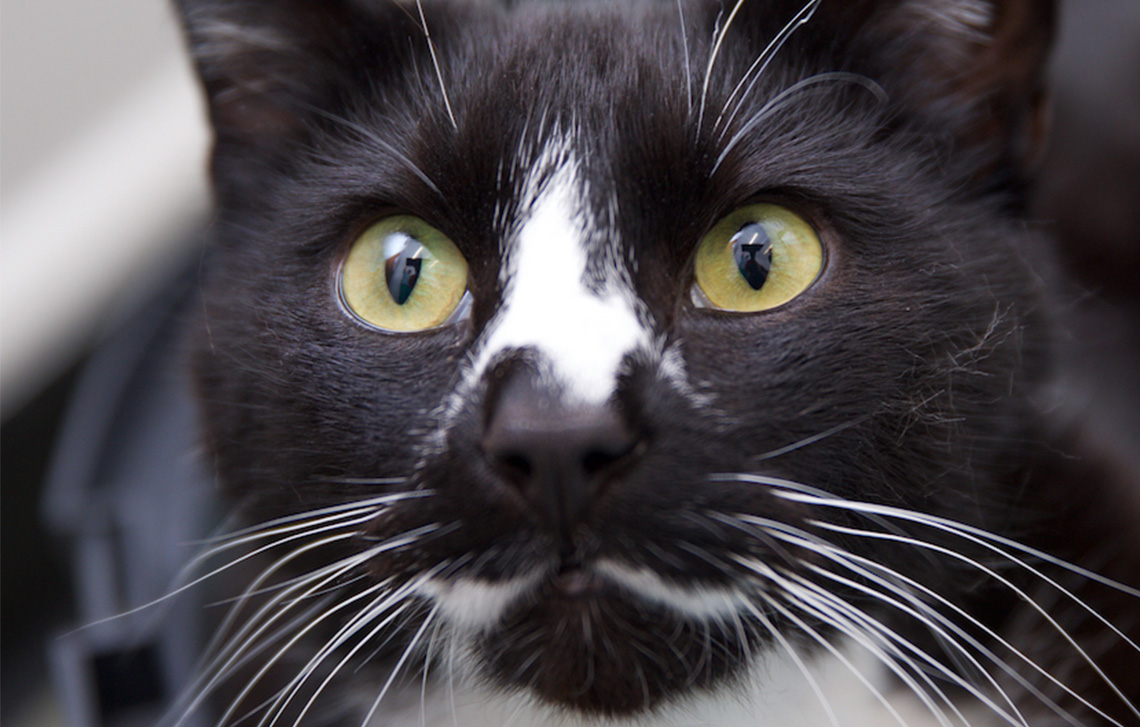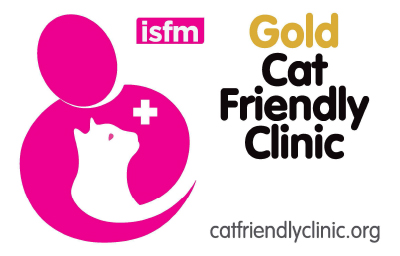
Pet insurance is the equivalent of human health and life insurance rolled into one; it provides health and death cover for pets. Every company differs slightly when it comes to how they can protect your cat, but most work on a similar basis. Usually, you choose an insurance company for your pet, choose an amount… Read more »
Pet insurance is the equivalent of human health and life insurance rolled into one; it provides health and death cover for pets. Every company differs slightly when it comes to how they can protect your cat, but most work on a similar basis.
Usually, you choose an insurance company for your pet, choose an amount of cover – the price of this will depend on the pet’s age and health – and voila your pet is covered against most, if not all, health problems. Of course, all policies have a limit, in terms of the number of vet bills that are covered – the cover amount usually depletes as the pet gets older, as older pets are more prone to health problems. Many pet insurers also offer death cover, which is where they will pay you the amount that you paid for your pet, should they die below a certain age.
When it comes to using your cat’s insurance, usually you are required to pay the vet first, pay your insurance company an excess – if you have agreed on one – and then you can claim the amount that you’ve paid to your vet back. However, some vets will allow customers to pay directly via their insurance plan; it simply depends on what your practice’s rules are.
So, that’s how pet insurance works, but the question is why is it beneficial to invest in insurance for your cat?
You can always put your cat first
If your cat falls foul to a serious illness or is injured by a car or another animal and requires surgical treatment, you may be faced with one of the hardest decisions of your life – whether to go through with the treatment or not. If you have pet insurance in place, the financial aspect of your cat’s treatment doesn’t have to be a factor – you can simply focus on whether or not you think it’s in your cat’s best interests to undergo the treatment. Having the financial aspect being dealt with can make difficult decisions like this easier to make, as you don’t have to consider the cost and the implications that will come with it, you can put your cat first.
Veterinary costs are rising
While veterinary costs are kept as low as possible, where possible, the issue is that as the price of medicines rises, veterinary costs have to too. Plus, with advances in medical technology, there are more treatments than ever before available for cats, but many of these treatments are expensive for your cat to undergo, which is why having insurance in place can be so beneficial. Paying for pet insurance may come at a monthly cost, but when you compare that cost to the price of your cat’s medical treatment, it seems much more affordable. While you can opt to pay the entirety of your cat’s pet insurance in one annual installment, there’s also the option of paying monthly and splitting the cost.
It could save you a lot of money
As long as you choose a pet insurance plan that offers long-term medical cover, should your cat develop a serious health condition like diabetes, you shouldn’t have to pay for their medication which could be costly. As long as your cat is below the maximum age when full cover for health conditions like diabetes, is offered, their medication should be covered for life, saving you a large sum of money. If you wouldn’t be able to afford to cover your cat’s vet bills if they developed a health condition, it’s worthwhile looking at taking out pet insurance, such as from Agria, to ensure that your cat’s medication is covered.
The choice of whether or not to insure your cat is not always an easy one, but the fact is if you want to ensure that you can afford to offer them the best quality of life should they be injured or develop a serious health condition, taking out insurance is a cost that is worthwhile.
Click here to find out more about our recommended insurance company Agria.







